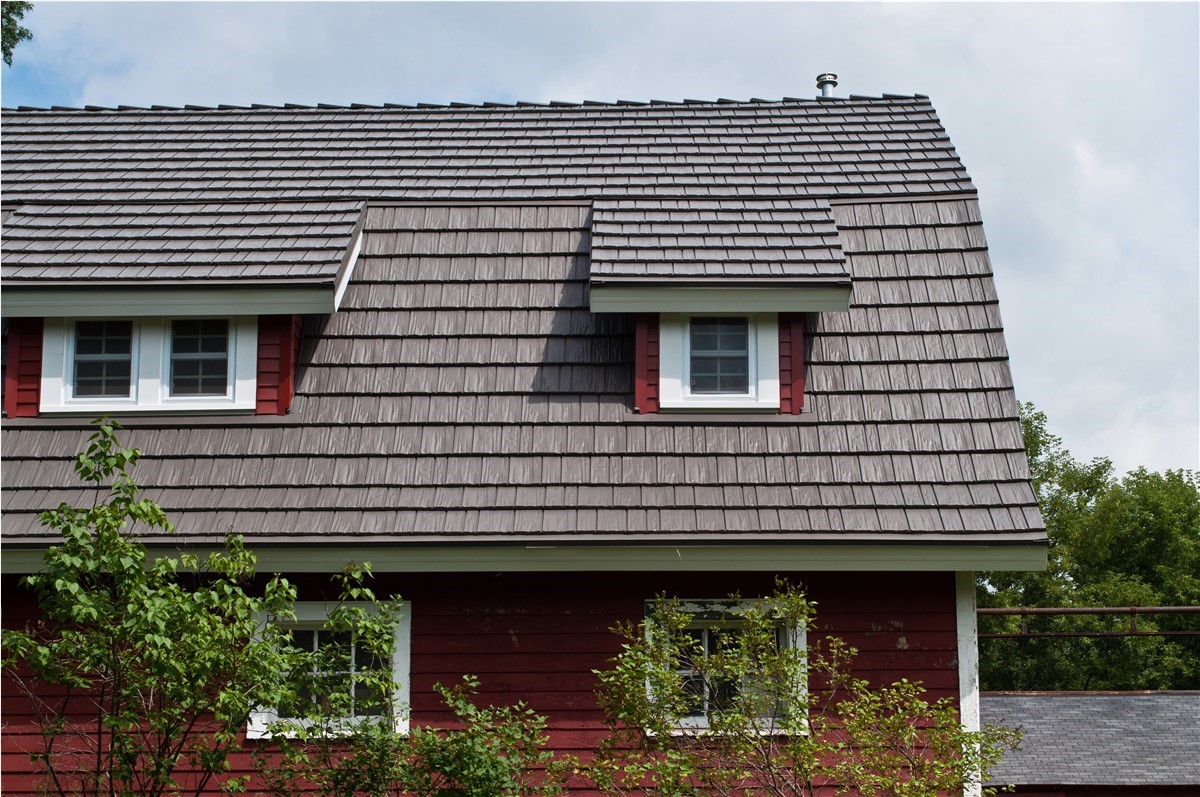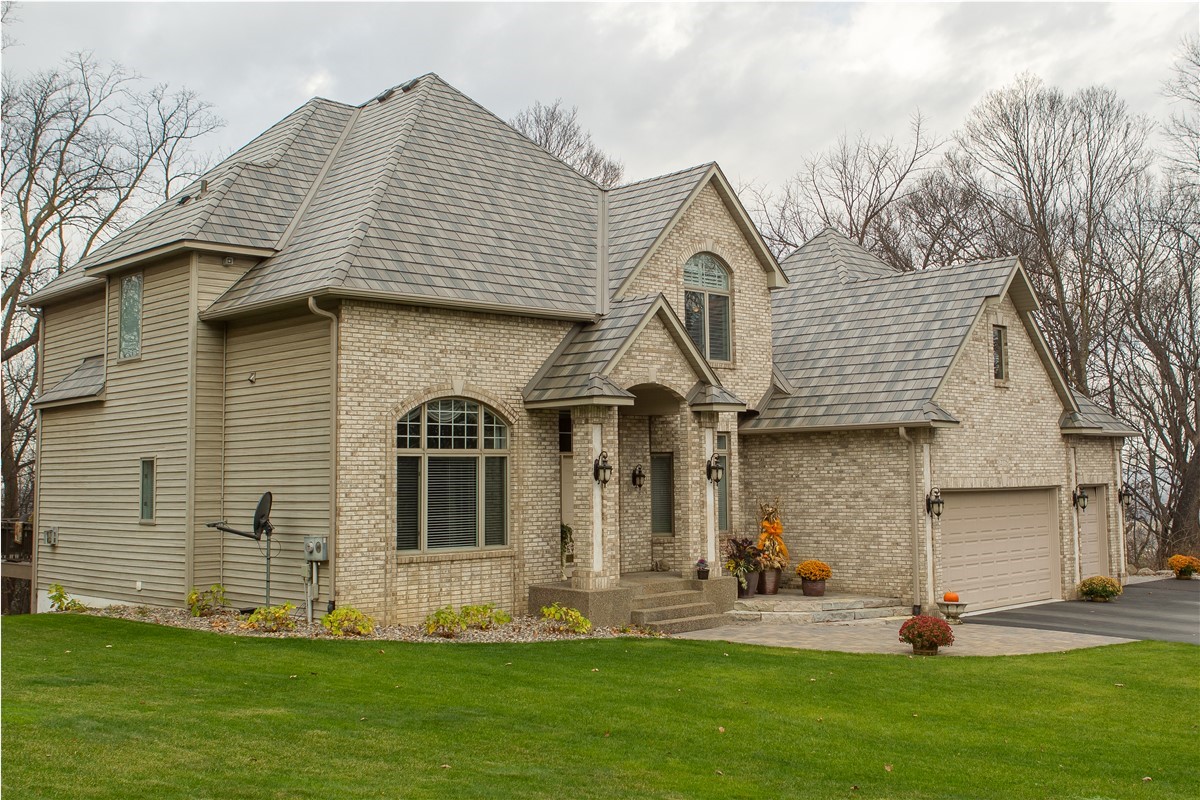 Did you know that Thomas Jefferson chose metal roofing to protect his home he called Monticello?
Did you know that Thomas Jefferson chose metal roofing to protect his home he called Monticello?
A Little History on U.S. Metal Roofing
Metal roofing has been used on homes in Europe for centuries. You'll find old homes with metal roofs that are more than 100 years old, and those roofs still work well. That's one of the advantages of using metal for roofing - for the most part it's exceptionally durable.Copper and lead as roofing materials show up on homes and commercial structures as far back as the early 1700s, but metal roofing really emerged here in the U.S. in the 19th century. One reason for that is facilities to produce rolled metal were being constructed in the late 1800s. Prior to that, any sheet metal had to be brought from England. That's where the copper sheets used to protect cupolas and dome structures you see on old homes and churches came from. Copper standing seam metal roofs were preferred as roofing for curved or complicated areas where shakes or slate tiles were impractical. Lead was often used as decorative roof flashing.
But with the construction of plants to produce rolled metal, the use of corrugated iron sheet roofing became a reality. These iron sheets - usually galvanized with zinc - were installed mostly on commercial buildings or protective coverings on train sheds and factories. One of the first buildings to be protected with metal roofing was the U.S. Mint in New Orleans. Installing the tinplate iron sheets over iron trusses produced a fire-proof roof, and this characteristic is still one of the major advantages of metal roofing today.
Thomas Jefferson was a great advocate of metal roofing. His home in Charlottesville, Virginia (Monticello), was constructed with a standing seam tin roof.The U.S. rolling mills made metal roofing much more available in this country. It became a very popular roofing material, not only because it resisted fire but because it was relatively inexpensive compared to other roofing, it was very lightweight, and it required very little maintenance. (While the cost of metal roofing today is generally more expensive than materials like asphalt shingles, its weight and low maintenance are still reasons homeowners choose it.) Tin sheets could be embossed as well, creating a variety of decorative patterns. Modern metal roofing has continued this, and you'll find metal roofs that resemble asphalt shingles, slate, wood shakes, and more.
Early tin roofs in the U.S. were usually painted red, but green painted roofs were also popular, because the green finish replicated the patina of copper roofs (a much softer and more expensive material). Today's metal roofing comes in a wide range of colors, but red and green are still quite popular.Tin roofs still may be found on old buildings, but our modern steel roofing is a much better alternative for homes here in Minnesota. To find out more about what it can do for your home, why not contact us today for a free consultation? We're even available to do that virtually!
Quarve Contracting, Inc. is a licensed Minnesota home improvement contractor specializing in the installation of metal roofing and siding.
Subscribe to Quarve Contracting's Blog





Comments